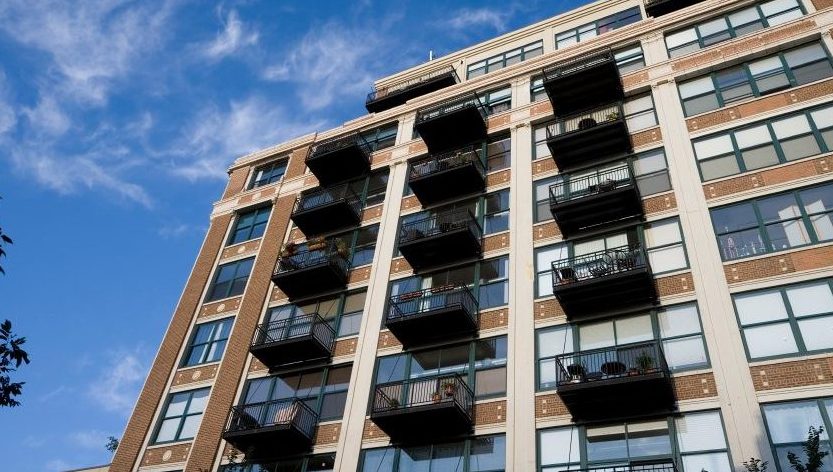NMHC Panel Discusses Impact of Peak Supply

More apartment buildings are rising. The occupancy rate is dropping. Concessions usage is increasing. And new projects are becoming more difficult to get across the finish line.
That’s the message from a panel of apartment market data experts who spoke April 5 at the National Multifamily Housing Council’s Research Forum in Plano, TX. The three panelists – including Jay Denton, RealPage senior vice president of analytics — addressed evolving trends in this age of peak apartment supply volumes.
The conversation unfolded around the recent drop in occupancy. For 1st quarter 2017, RealPage Analytics logged U.S. apartment occupancy at 94.5%, down from 95.1% last fall. The drop came as 164,549 units completed over the past two quarters.
“We saw a pretty big jump in the vacancy rate, nationally,” said Jay Lybik, vice president of research at Marcus & Millichap. The good news, he said, is that the 1st quarter 2017 occupancy rate isn’t a bad number and that the decline wasn’t across the board.
“A lot of that negative absorption was focused on a handful of markets” where supply volumes are highest, Lybik said. Among product segments, Class A apartments took the most notable hit. “Where you’re getting into the B and C space, [occupancy is] very tight,” he said.
Concessions Usage Increase
As vacancies have increased, apartment operators have increasingly offered rent discounts to entice prospects. “Concession usage is really, really starting to increase,” said Denton (at right in the NMHC-provided picture above).
Like the occupancy trend, the trend of increased concession usage varies in degree and by market. San Francisco, for example, currently has a high concession usage rate, while Dallas does not. “You can’t just take the thing that’s happening to San Francisco and apply it everywhere,” Denton said.
Among product segments, rent discounts are plentiful among new supply in most markets. “Concessions are still mainly in lease-up properties,” Denton said, acknowledging exceptions like New York, where discounts “are popping up.”
In 2017, some 38.6% of lease-up properties offered concessions valued at a discount of four to eight weeks’ rent. In 2015, that figure was 24.8%.
Expectations for New Deliveries
In the age of peak completions, units coming to market present a prolonged challenge to supply-demand fundamentals. There is no shortage of apartment projects in the planning phase, either. But the chief question is, “how many of these are actually going to get done,” Denton said.
Analyzing Axiometrics pipeline data, Denton highlighted Dallas as an example of the sometimes-wide gulf between the number of projects planned and the number actually built. As of 2017, only 23% of units planned in 2014 in Dallas have stabilized.
That disparity is due to a number of reasons. Among them is the lending environment. Another is a shortage of construction skilled labor.
In addition, many new projects are coming in downtown areas, so much of what’s being built today are taller, denser developments, which take longer to build. Meanwhile, a recent RealPage Research report found construction timelines are lengthening, with time to completion nearing a 15-year high.
Still, overall completion volumes remain elevated. RealPage Analytics reports 581,556 units were under construction at the end of 1st quarter 2017, with scheduled deliveries set to climb to an average of 102,000 units per quarter during the remainder of the year. That measure sits above the average 82,000 units finished per quarter in late 2016 and early 2017.






